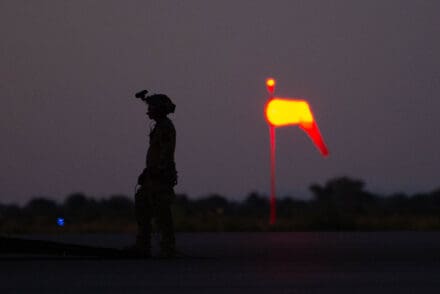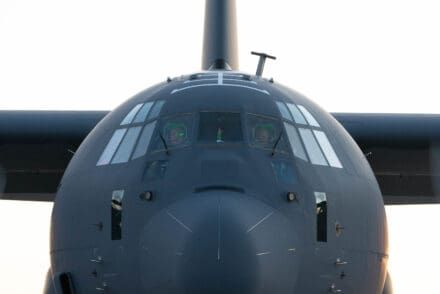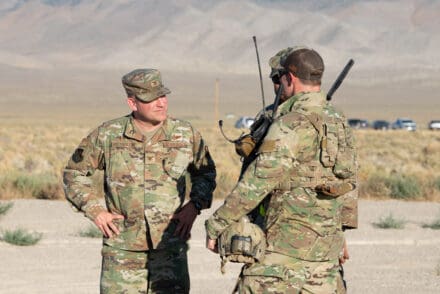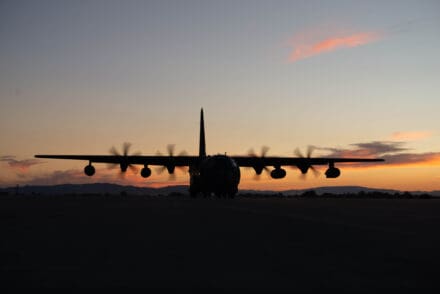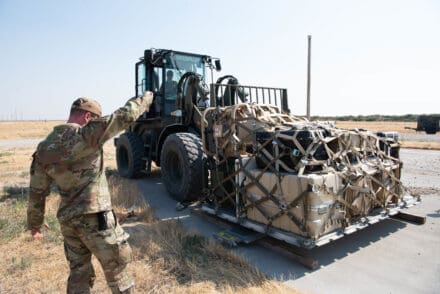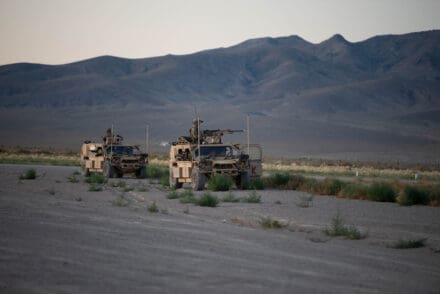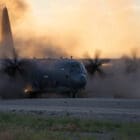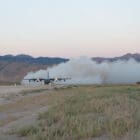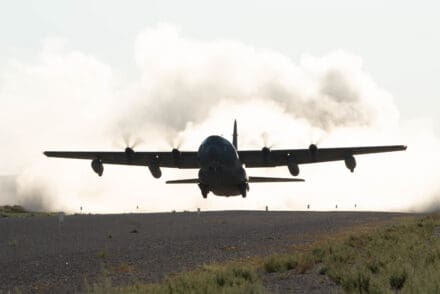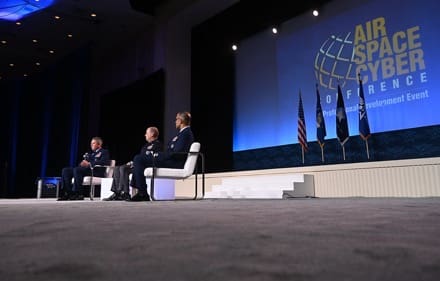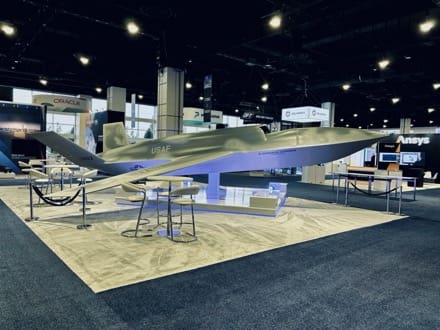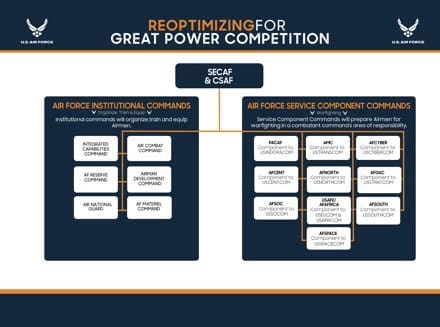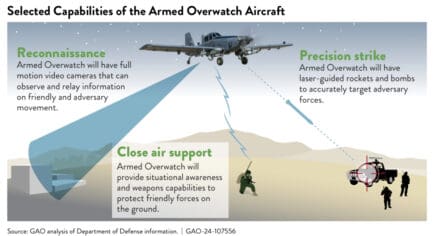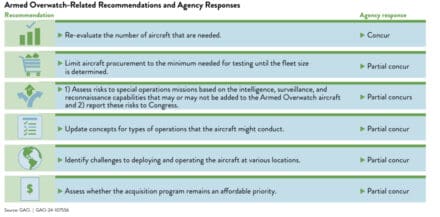ARLINGTON, Va. (AFNS) —
The Department of the Air Force implementation of a new construct that will evolve wings into cohesive Units of Action by separating into Combat Wings, Air Base Wings and Institutional Wings will be a phased approach, starting no later than the summer of 2025.
The new concept will create several organizations capable of conducting deployed combat operations, as well as base defense. Under this future construct, base, institutional and combat missions will transition into distinct organizations – called Institutional Wings and Combat Wings – each with separate commanders.
Air Force combat wings will be structured as mission-ready Units of Action and will have all the necessary elements stationed together at the same installation where they can train together on a day-to-day basis.
Deployable Combat Wings will evolve to deploy as fully trained teams and will replace the Expeditionary Air Base and Air Task Force models previously announced in Sept. 2023.
Combat Wings will focus on mission-level warfighting readiness, supported by Air Base Wings who are focused on power projection platform readiness (the installation).
Institutional wings will continue to provide support and capabilities essential to the organize, train and equip requirements of the U.S. Air Force.
The goal is 24 Deployable Combat Wings fielded to meet the Air Force’s rotational demands and provide depth for emerging crises – 16 Active Duty and 8 Reserve Component Wings.
The phased implementation approach includes:
Establishing Air Base Wings at installations that host Combat Wings and/or Institutional Wings with supported/supporting relationship.
Establish the deployable variant of the combat wing: the Deployable Combat Wing. Each DCW will have a redesigned concept of support for GPC schemes of maneuver, including Agile Combat Employment, to ensure the wings are prepared to execute their wartime functions and missions with assigned Airmen and units.
The Air Force will begin deliberately implementing Combat Wings, Air Base Wings and Institutional Wings across the force as early as summer 2025. The first Combat Wings should be ready to deploy elements by late 2026 (FY27).
Evolution from XAB to ATF to CW
In 2023, the Air Force established the Expeditionary Air Base (XAB) as an initial force presentation model in its transition from Air Expeditionary Wings to a future force presentation model. The Air Force has been deploying Airmen under the XAB construct since the fall of 2023 and will continue to do so in the coming years.
The first Air Task Forces entered the AFFORGEN cycle during the reset phase in summer 2024 and will become deployment ready in the fall of 2025. These initial ATFs will replace some of the XABs as the US Air Force’s deployable unit of action.
During this pilot period, the Air Force will deploy Airmen using both the XAB and ATF force presentation models. Concurrently, the Combat Wing, Air Base Wing and Institutional Wing phased approach will begin. Combat Wings will replace ATFs and XABs.
– DAF Public Affairs


